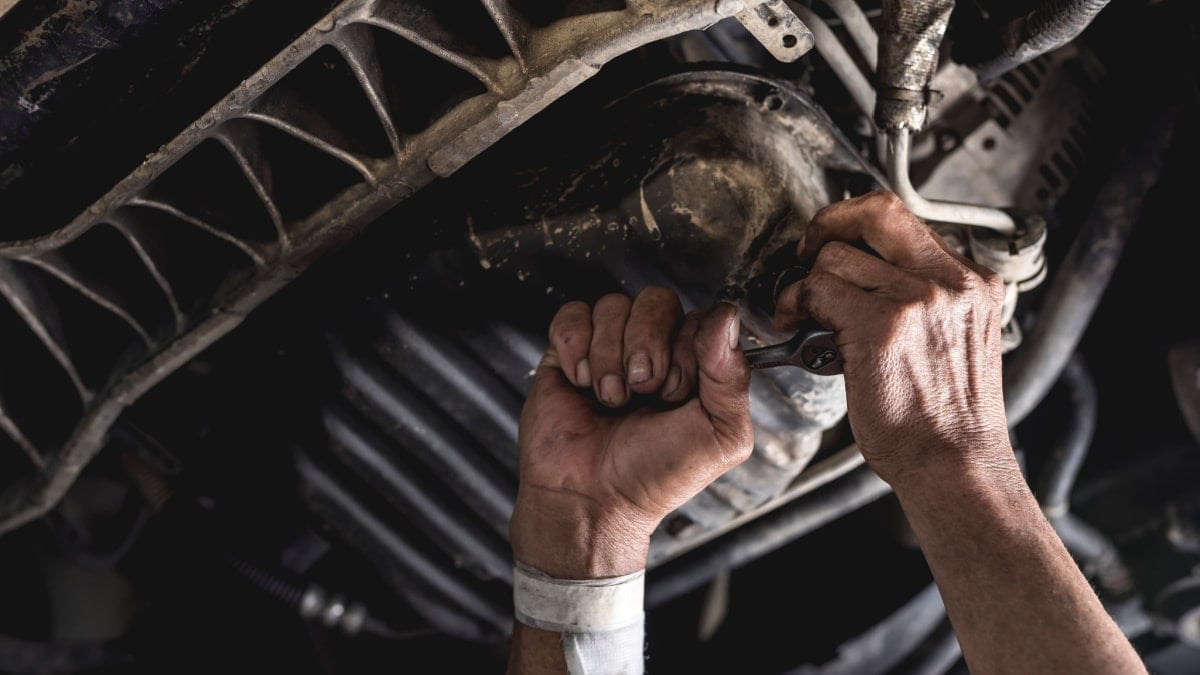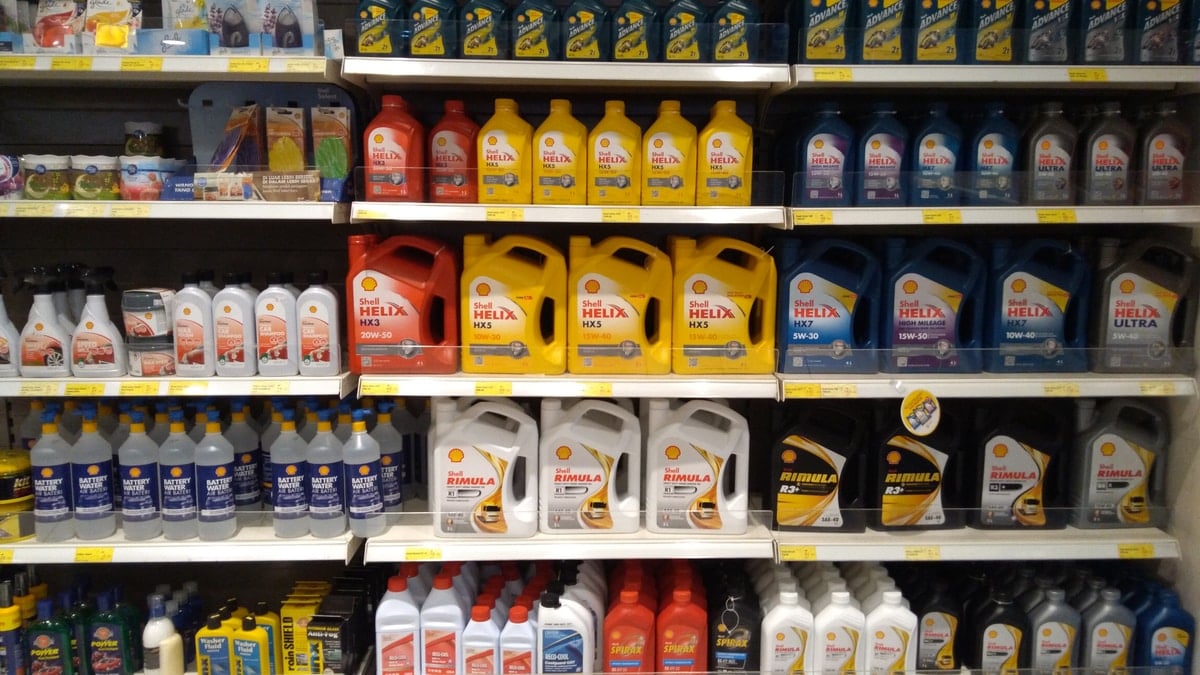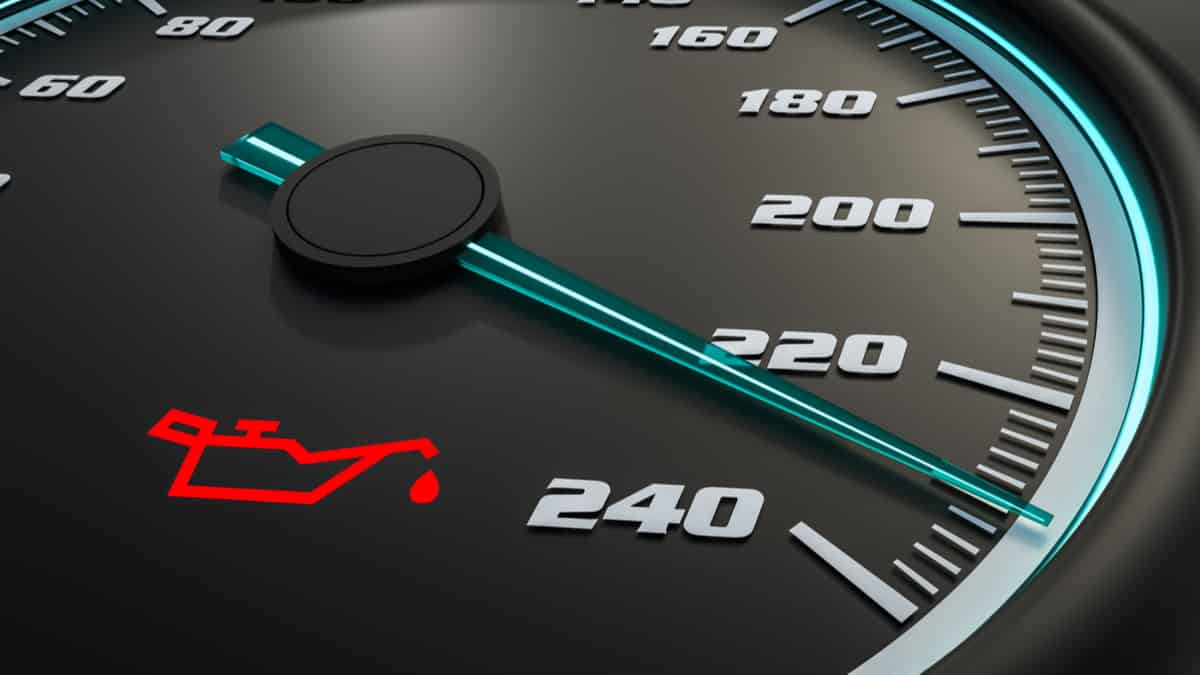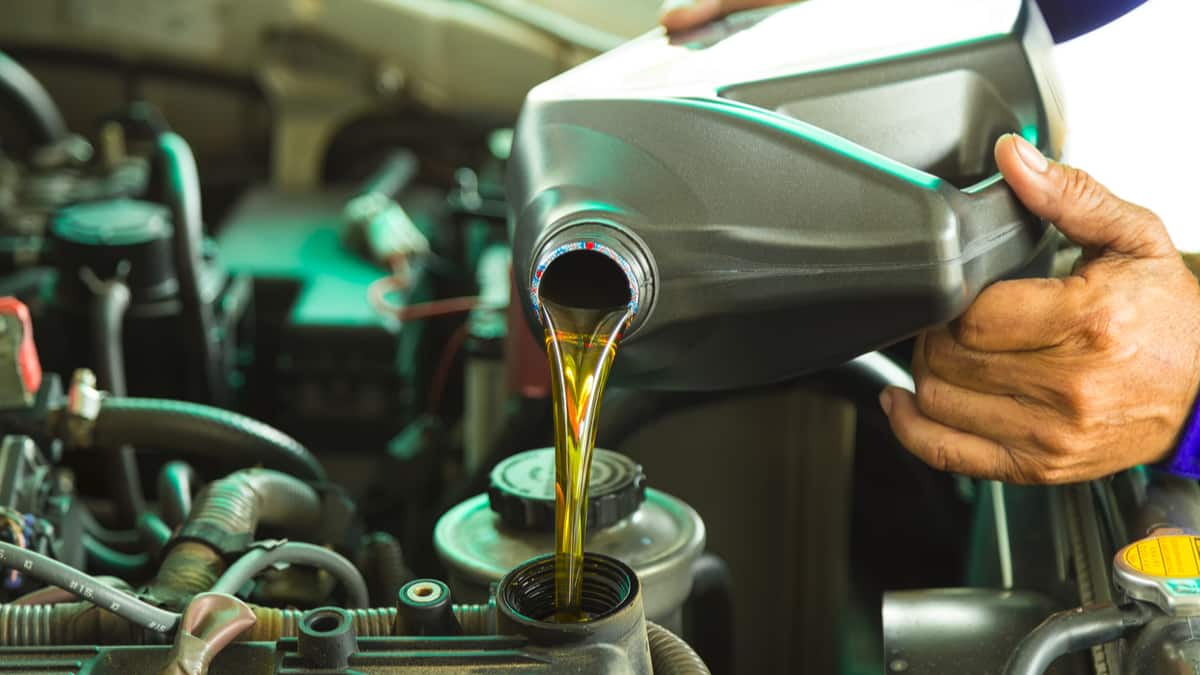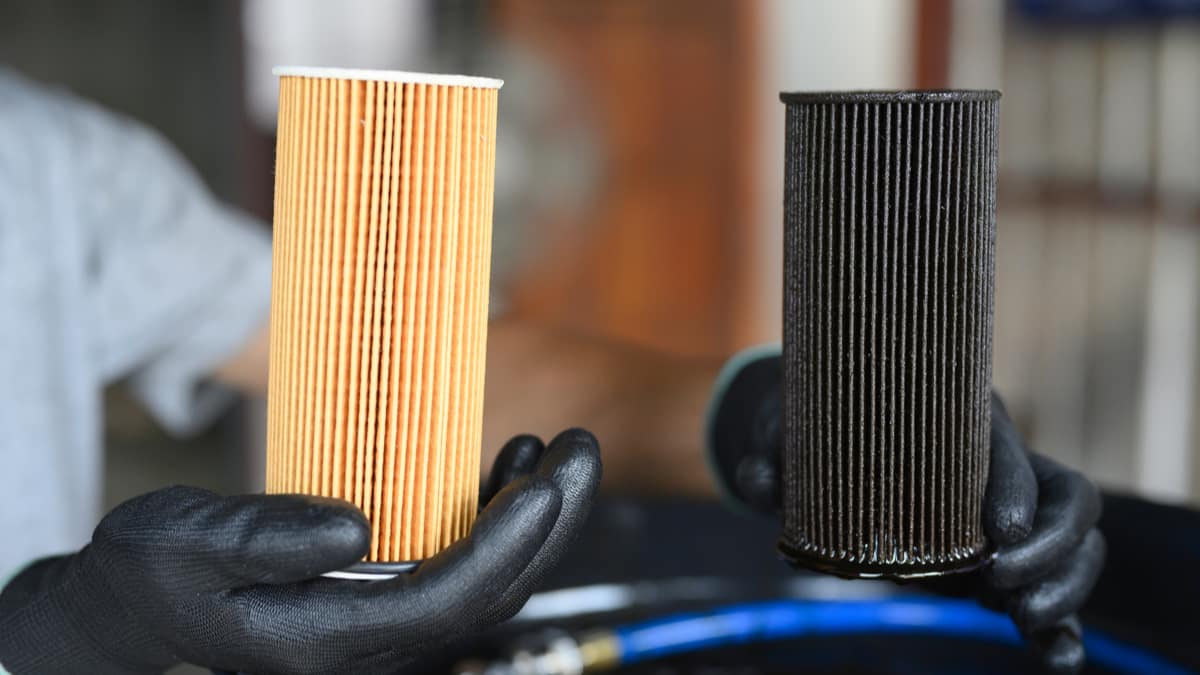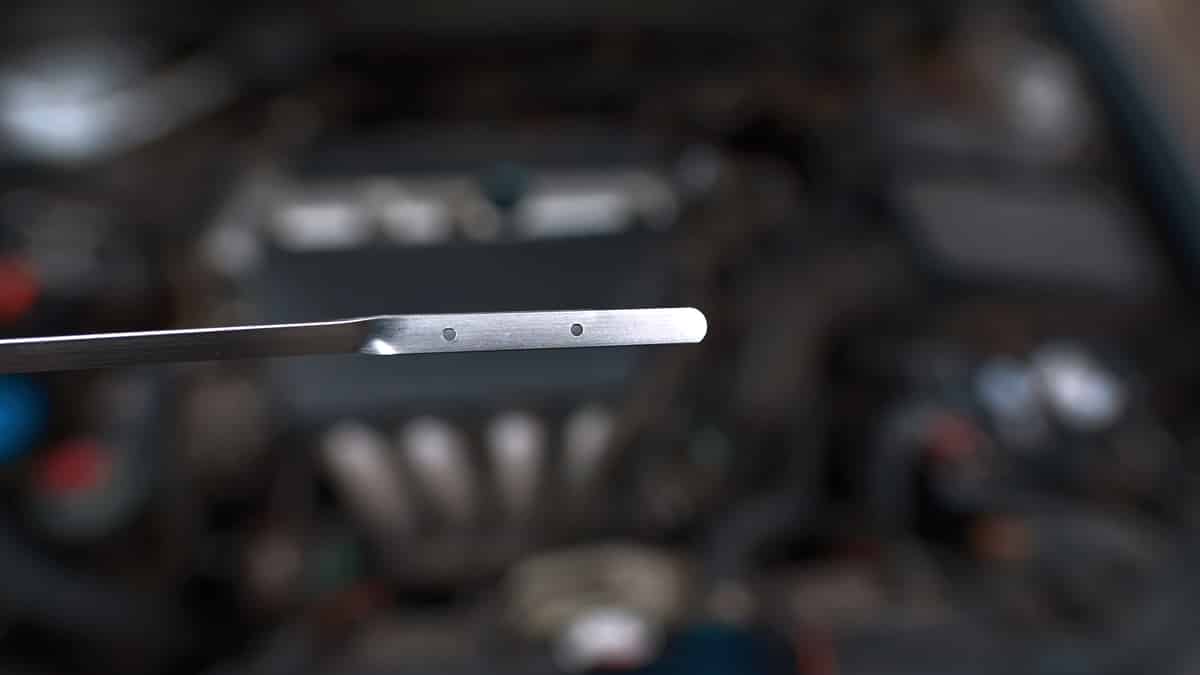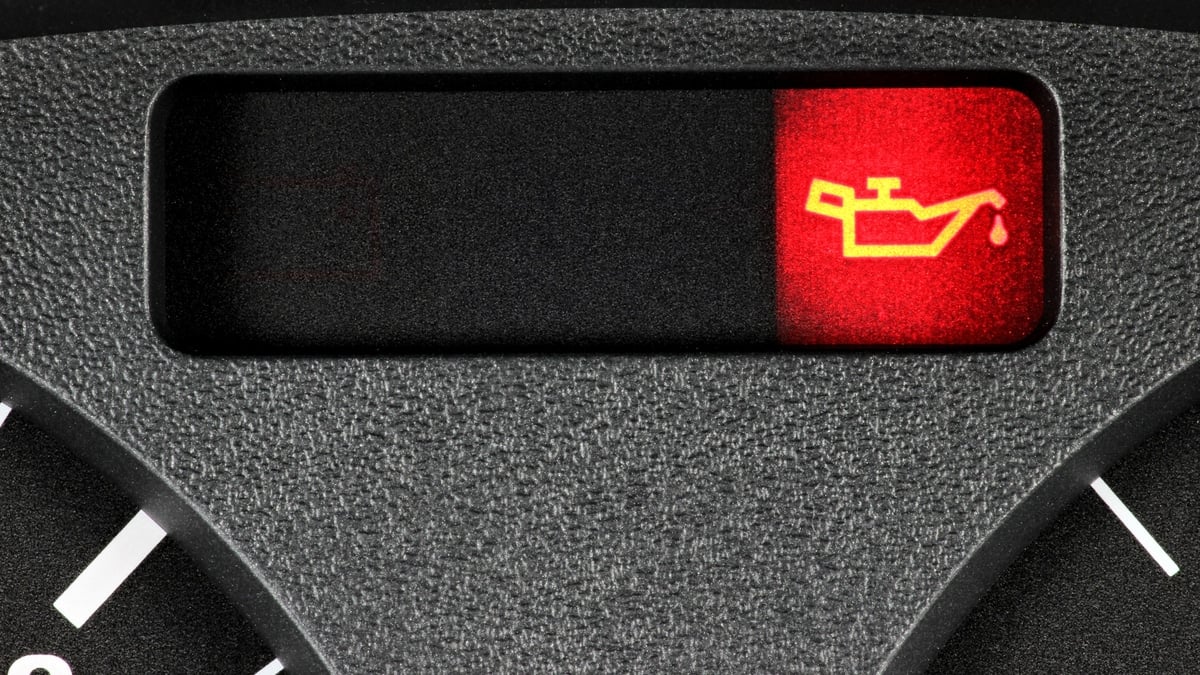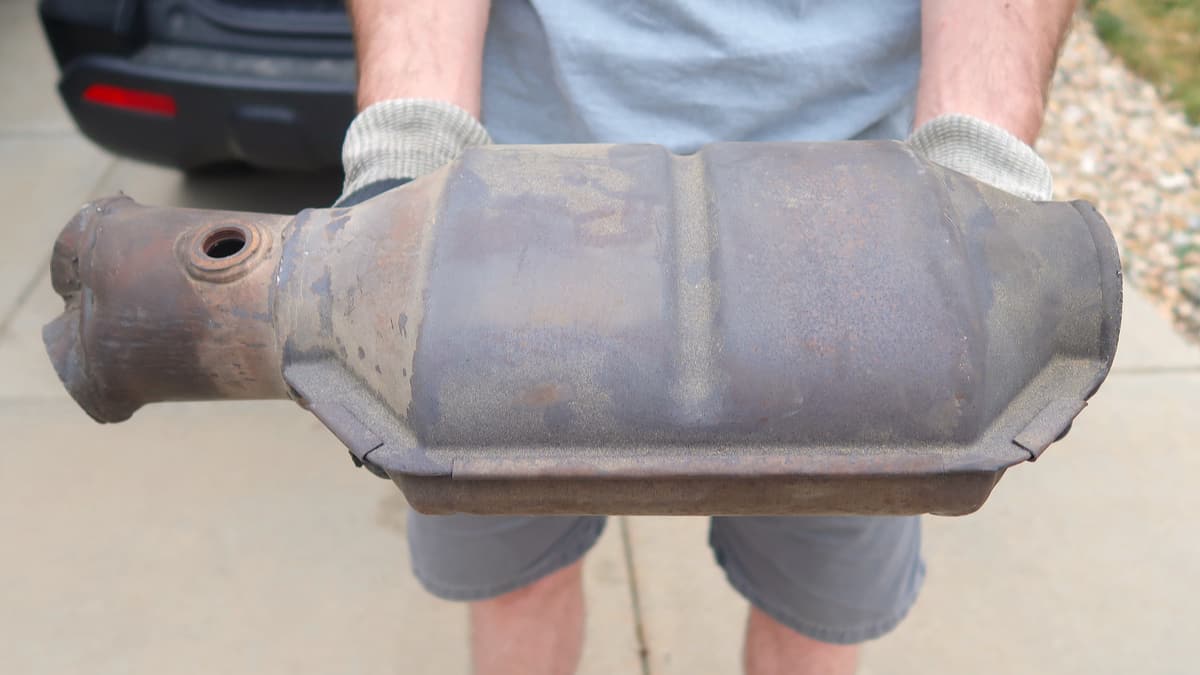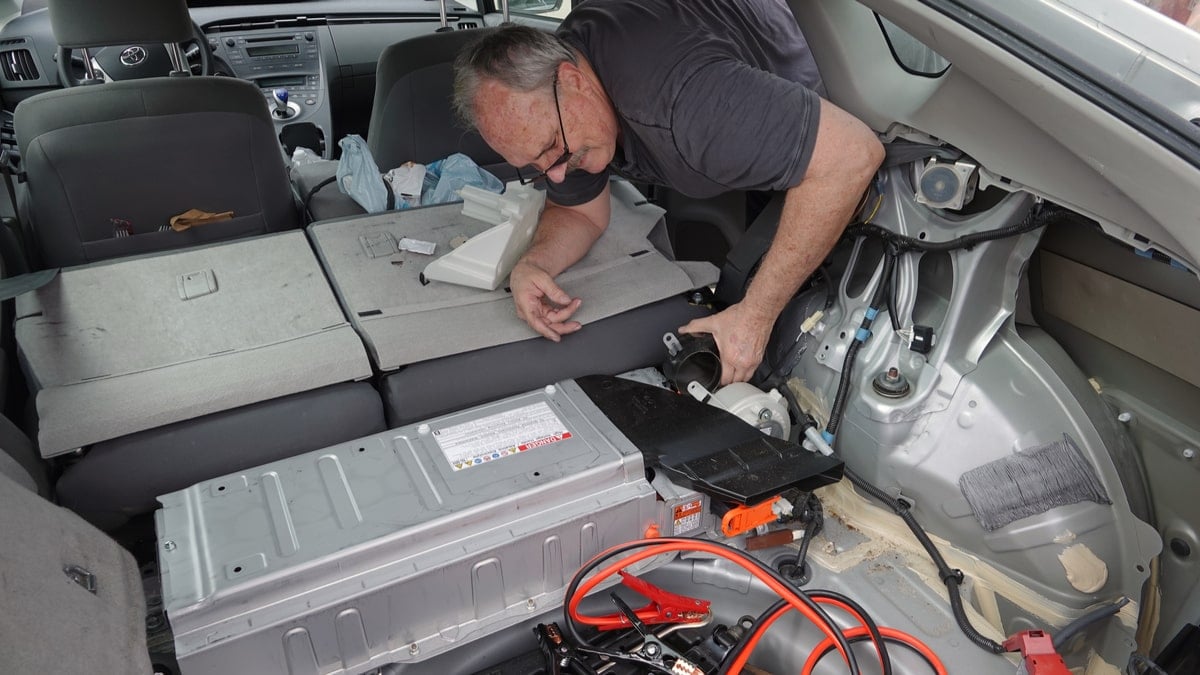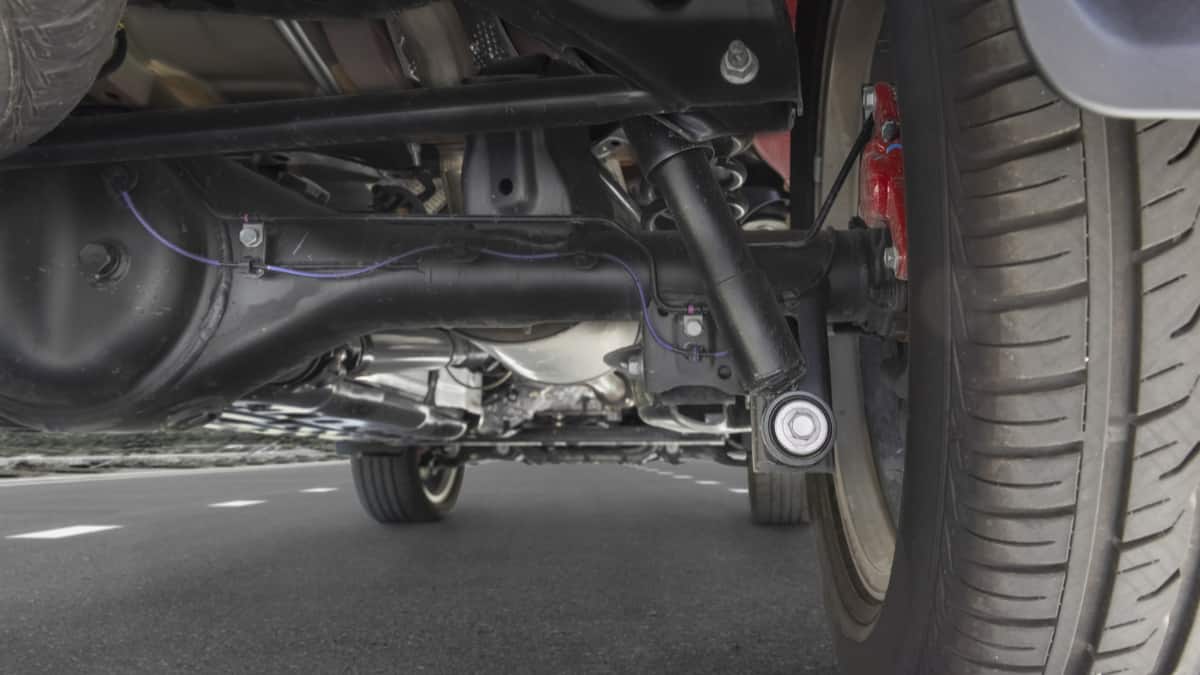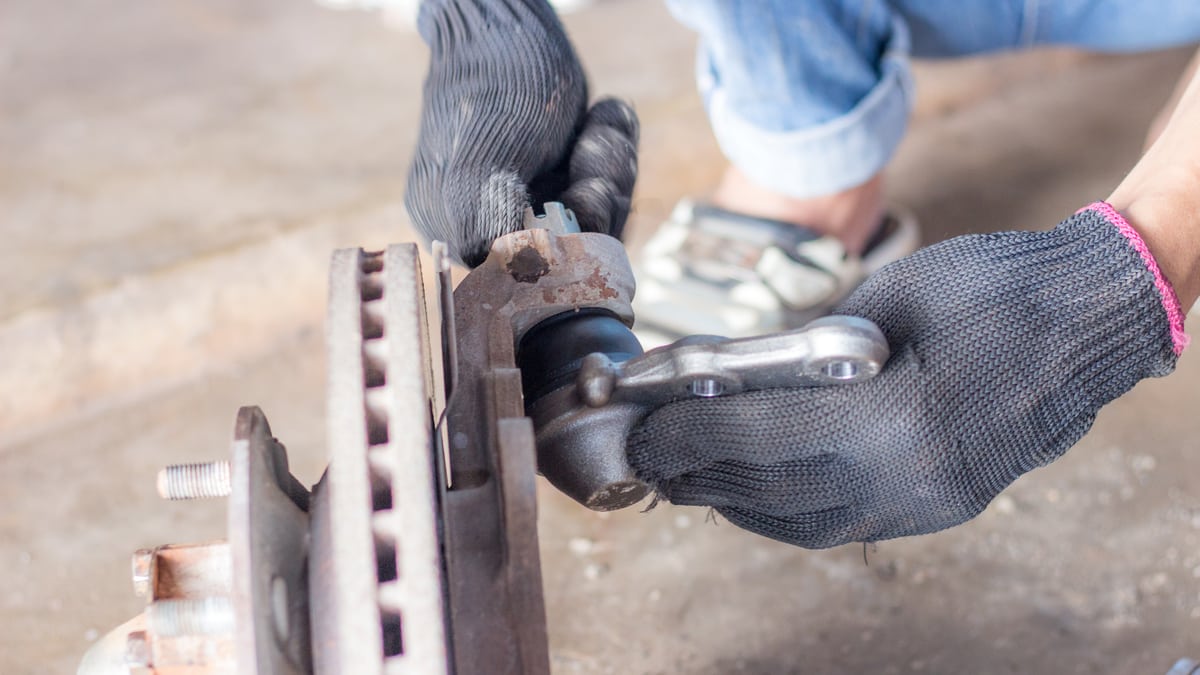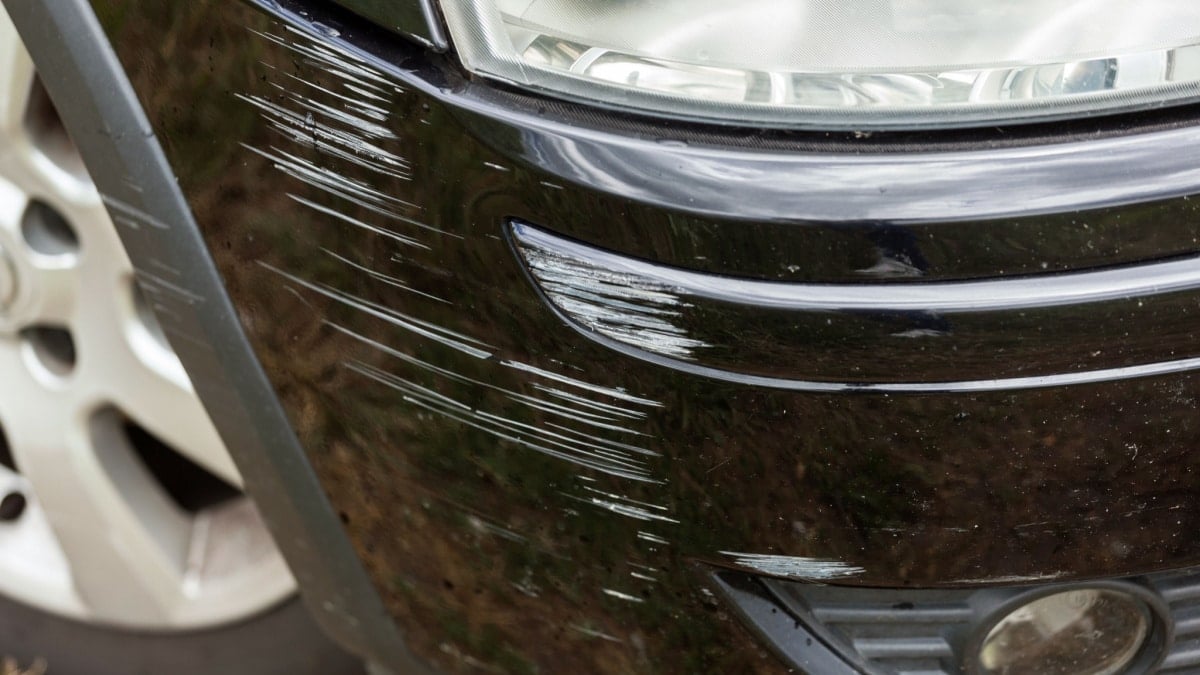If your oil pan is leaking or has sustained damage, you might need to have it replaced. But, how much does an oil pan replacement cost, and is it something that can be done at home?
In this guide, I evaluate all of the top factors affecting the oil pan replacement cost. I also explain what the oil pan is, show you what parts are included, and describe what might have happened. At the end of the article, I give you some general steps that might help you replace it in your home garage.
How Much Does an Oil Pan Replacement Cost?
The average oil pan replacement cost is between $250 and $1,000, depending on the car model and who installs the new oil pan. The oil pan itself may cost $150 to $500, including a drain plug and oil pan gasket, with the rest being labor costs.
It’s difficult to determine a precise cost, since the labor for replacement varies so greatly. Some people may be able to get the job accomplished for $250, while for others, it can cost $1,500 or more. It all depends on the type of vehicle you drive, who is installing the new oil pan, and what other parts are required.
Let’s take a look at the factors affecting the oil pan replacement cost.
Factors Affecting Oil Pan Replacement Cost
1. Vehicle Make/Model
The most important factor is what type of vehicle you are driving. As with any auto part, prices can vary for the components themselves. It will matter if you are driving a compact vehicle or something more heavy-duty.
Additionally, there are some vehicles that have a more labor-intensive replacement procedure. In fact, some vehicles require the engine to be pulled to get to the oil pan, which can become quite costly to do.
2. DIY vs. Professional
If you plan to perform the oil pan replacement at home, you could save yourself a lot of money. All you would need to pay for is the parts.
Otherwise, you are liable for paying a professional for the replacement. If you live in an area with a high labor rate, this cost can add up pretty quickly.
RELATED: Mechanic Labor Rates Per Hour
3. Other Parts Required
If the oil pan needs to be replaced, it’s likely you might need other parts as well. During the installation, the technician might want to replace the oil plug, oil pan gasket, or an oil plug gasket.
Sometimes, the oil pan comes with the plug and gaskets, especially if it is a complete kit. If that’s the case, you may be able to save some money. Just don’t forget that the engine will also need to be refilled with oil too.
What is the Oil Pan?
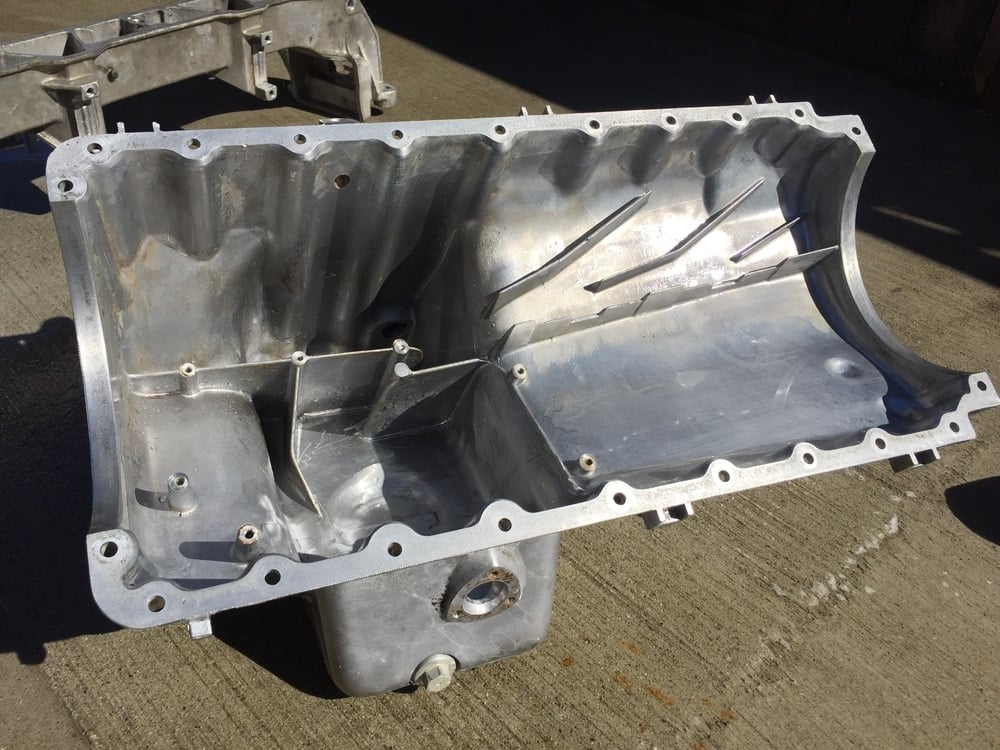
The oil pan is needed for exactly what it sounds like. It’s the pan that holds the engine oil for your vehicle.
This pan looks like a tray, and it acts as a reservoir. The oil sits in the pan before it is pumped into the engine. Typically, this tray is made from aluminum or steel, and it gets bolted at the bottom of the motor.
Oil Pan Parts
1. Oil Pan Gasket
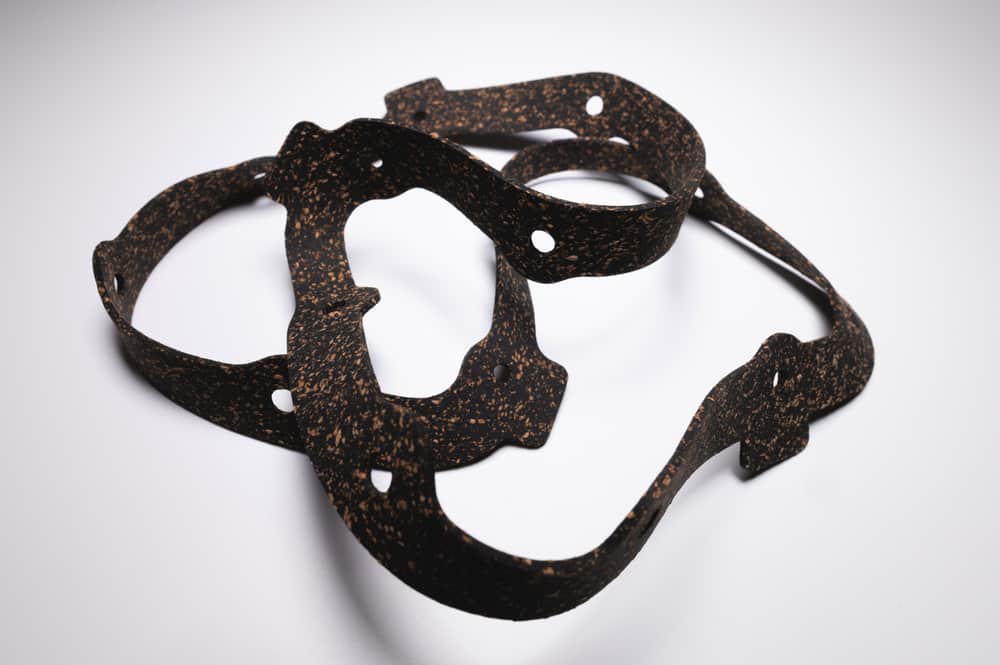
Between the oil pan land the engine block, there needs to be something that helps to seal it. A gasket acts as this barrier and is sometimes installed with a sealant that keeps the oil from leaking.
This gasket is made from a rubber material, fibers, or cork ring. Over time, this gasket can break down and cause problems. For this reason, it’s best to replace it while you already have the oil pan off.
RELATED: 4 Symptoms of an Oil Pan Gasket Leak
2. Drain Plug & Gasket
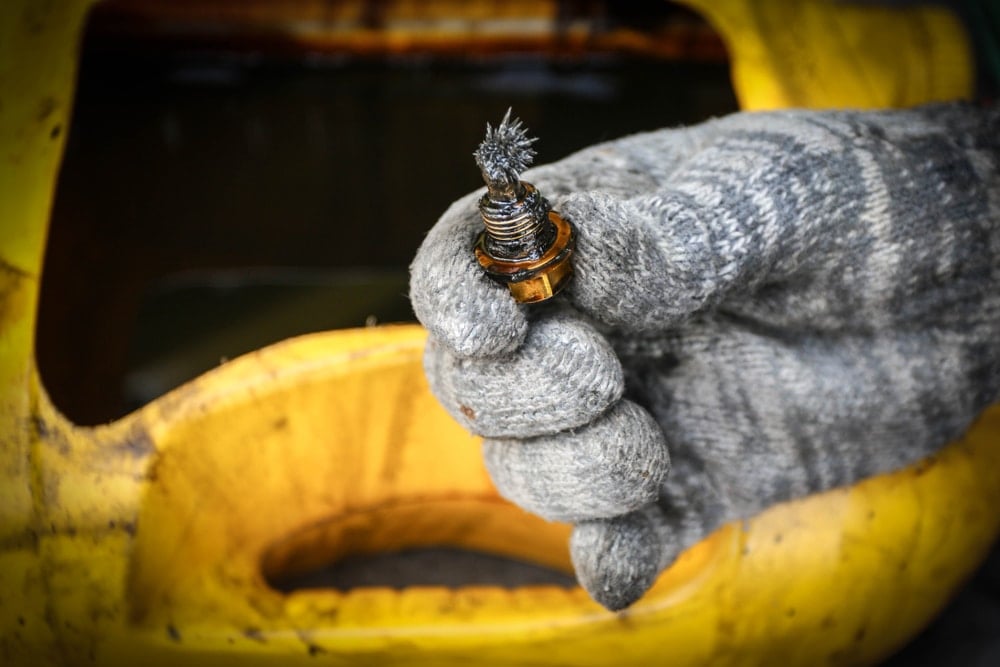
Inserted into the drain pan is the plug. This is the part that gets removed when you do an oil change. With the plug out, the oil can drain.
With the plug is also a gasket. With the help of this gasket, oil won’t leak through the threaded area of the drain plug.
READ MORE: How to Remove a Stripped Oil Drain Plug (& Repair the Oil Pan Hole)
3. Baffle/Windage Tray
Some vehicles also use a baffle or windage tray in the pan. This metal sheet helps to prevent oil from sloshing around as you go through turns.
It can also prevent contamination of the crankshaft. Some trays also include a scraper mechanism that removes any oil that may have sloshed around.
Reasons Why Oil Pan Fails
1. Impact
The main reason that an oil pan fails is because of an impact. If you run something over in your car, it can cause damage to the oil pan, which is located underneath the engine.
It’s also possible that the damage stems from an accident you’ve had. Either way, you might start to notice oil leaking from under the car.
2. Corrosion
Because the oil pan is made from metal, it can easily corrode. As the car gets older, the metal will oxidize until rust starts to form.
Corrosion can occur even faster if you live in a salty area, such as near the beach or if you regularly drive on winter-treated roadways. If so, you would do well to get the undercarriage of your vehicle washed regularly to ensure all of this salt is removed.
3. Worn Gasket
In some cases, people think that the oil pan has failed when it’s just the gasket that’s leaking. As the vehicle ages, the gasket material will start to break down. It can also fail from the constant fluctuation between extreme heat and regular ambient temperatures.
With rubber gaskets, the material will harden over time and lose elasticity. Either way, you may not need an oil pan replacement if the problem is just from the gasket.
How to Replace Oil Pan: DIY Steps
1. Gather Supplies
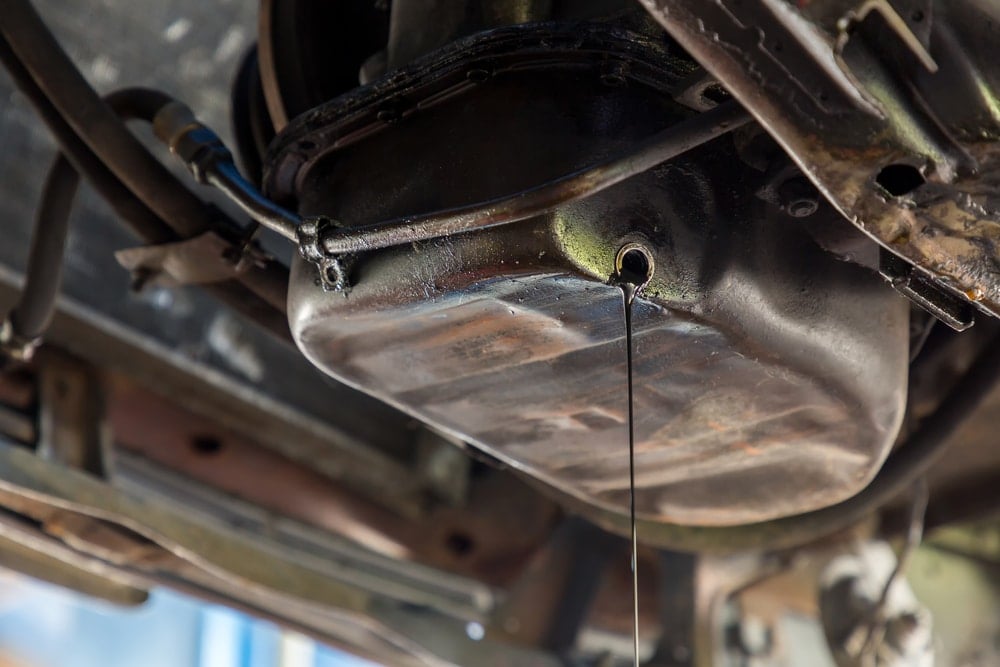
If you plan on replacing the oil pan yourself, it’s best to gather all of your supplies before you get started. Otherwise, you could find yourself in the middle of the project running to the store. With a few simple tools, it’s normally easy to get the old oil pan off. However, that’s not always the case, especially if you drive a car that requires pulling the engine for replacement. For this reason, I advise you to read the service manual first.
Once that’s done, gather these tools and equipment.
- Floor jack and jack stands
- New oil pan & kit
- Fresh motor oil (whatever viscosity and type is recommended)
- Socket wrench
- Oil filter
- Sealant
- Clean rags
In addition to these items, you want to gather anything else listed in your service manual. With your equipment ready, you can move on to the next step.
2. Jack Up Car
It’s very important that your car is level to get the oil drained completely. You can do this by using a floor jack, and some jack stands. If your vehicle is already pretty far off of the ground, you might be able to get underneath and perform the replacement without jacking it up.
Otherwise, jack up your car and secure it on stands. Make sure you place the stands in the appropriate place based on manufacturer recommendations.
3. Drain Oil
Before you go any further, you must drain out the old oil from the pan. Place a drain pan under the plug and pull it out.
You will need a socket to remove this plug in most cases. Turn the plug until it’s loose and remove it by hand. Put the plug in a safe place unless you plan on replacing it.
4. Take Off Old Pan
After the oil has been drained, you are able to take off the old pan. The steps to do this may vary by vehicle.
Find the bolts holding it on and loosen them. Take a rag and clean off the area where the old pan is attached to the engine block. You will probably find a good amount of debris on these surfaces, including some metal shards.
5. Replace with New Pan
Before you put the new pan on, run your sealant around the surface, so you can attach the new gasket. Once the gasket is in place, you can put on a new pan.
Put the bolts back in place and make sure everything is tightened to spec. Do not overtighten the screws, or you could strip the holes.
6. Replace Oil & Filter
While you are performing an oil change, you might as well install a new oil filter too. Screw the filter in place.
After that, fill the engine back up with the right type of oil. Make sure you check the levels after you bring the car down off of the jacks. Also, check for any leaks in the system before you start driving.
RELATED: How Much Does an Oil Change Cost?
7. Consult a Mechanic for More Help
If any part of this repair makes you uncomfortable, you should talk to a mechanic. While this can be a simple task, it’s not meant for everyone.
It’s better to pay the labor fee to have a professional perform the installation than to break something in the process. Even stripping a bolt can lead to a world of trouble.
Is Replacing An Oil Pan Easy?
Replacing the oil pan is fairly simple and straightforward in most car models, and can be done with some basic mechanic skills and with the help of a repair manual. However, in some car models, you have to lift the engine to remove the oil pan, and in that case it is much more difficult.
Can you drive a car with an oil pan leak?
Although you can drive a car with a leaking oil pan, it is not recommended for many reasons. First of all, when the car engine leaks oil, it can result in a low engine oil level that can damage your engine. It is also bad for the environment and also a safety hazard for other cars, due to the fact that oil on the road can be very slippery.
How Long Does It Take To Replace The Oil Pan?
It usually takes between 2 and 4 hours for a professional mechanic to replace an oil pan. In some car models, changing the oil pan is much more difficult and you may have to lift the engine, which will greatly increase the change time.
How often should an oil pan be replaced?
There is no set schedule for when the oil pan should be replaced. The oil pan is usually replaced when it starts to leak or when it is very rusty or corroded, depending on whether your car model has a steel or aluminum oil pan.
You can expect to pay between $250 and $1,000 if you have the oil pan replaced by a professional. However, in some car models, you may need to lift or remove the engine to replace the oil pan, and in this case, it will cost much more. Luckily, this is only necessary in a few car models.
Replacing the oil pan yourself is not a difficult task in most car models, and you can save a lot of money by doing it with some basic mechanic skills. You may only need to buy a new oil pan for $150 to $500, and if you can install it for free, it will be quite cheap.
Learn more:
- Oil Leak Repair Cost – Common Causes & How to Repair It
- 8 Best Oil Stop Leak Additives
- How to Change the Oil in Your Car (5 Easy Steps)
Categories: Engine, Engine Oil, Estimator
